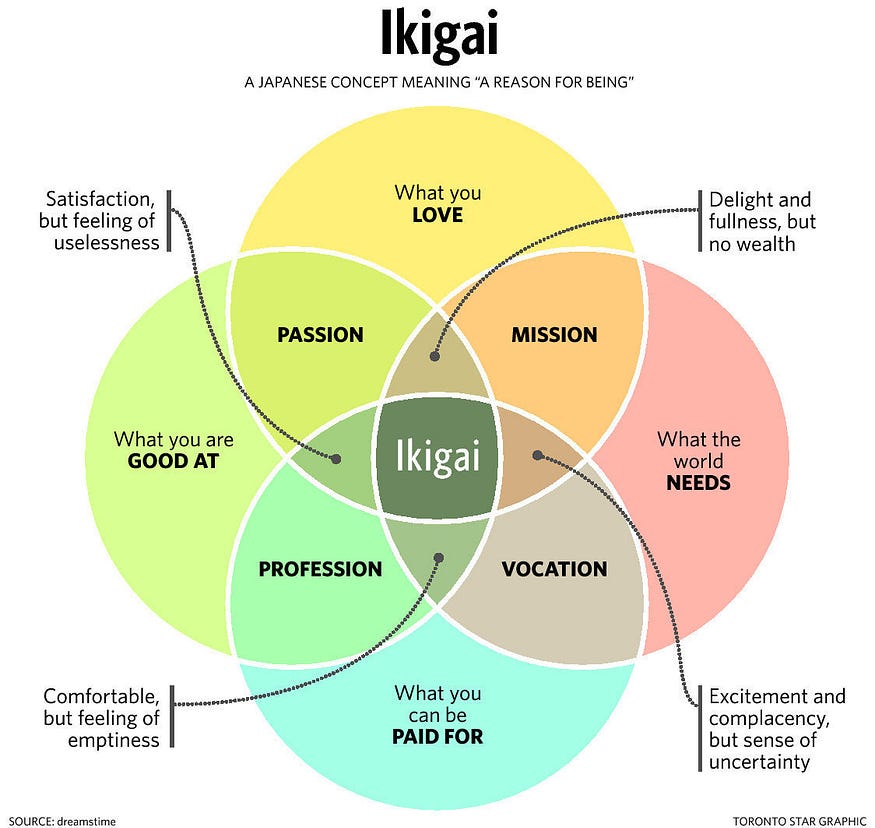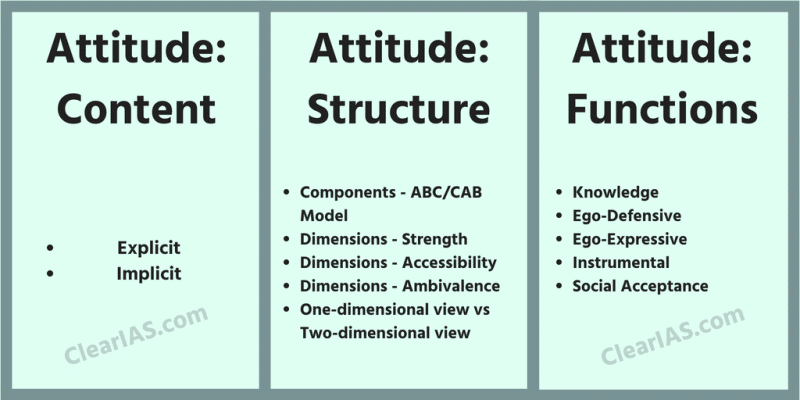Ikigai: The Japanese Secret to a Long and Happy Life Might Just Help You Live a More Fulfilling Life
The 10 rules of Ikigai
- Stay active; don’t retire.
- Take it slow.
- Don’t fill your stomach.
- Surround yourself with good friends.
- Get in shape for your next birthday.
- Smile.
- Reconnect with nature.
- Give thanks.
- Live in the moment.
- Follow your ikigai.


- Open Self: This quadrant shows the behavior, motives, attitudes, knowledge skills of an individual that he is aware of and is willing to share it with others. The open self is characterized as a state wherein the individual is open and straight forward to himself and others about what he is doing, how is he doing and what are his intentions.
- Blind Self: The blind self shows the state of an individual known to others but not known to him. It usually happens, when an individual or a subject copies the behavior of some significant personalities unconsciously since his childhood.
- Hidden Self: This quadrant of the Johari window shows the state of an individual known to him but not known to the others. This is generally seen in the individuals who are introvert and do not like to share their private lives with anyone. The individual keeps his feelings, ideas or thoughts to himself and do not disclose it in front of the others.
- Unknown Self: The unknown self is the mysterious state of an individual neither known to him, nor others know about it. Ofen the feelings, thoughts or ideas go so deep down the individual that it becomes difficult for the individual as well for the other people to understand it.
Johari-Window-Model

Attitude is defined as a more or less stable set of predispositions of opinion, interest or purpose involving expectancy of a certain kind of experience and readiness with an appropriate response. Attitudes are also known as “frames of reference“. They provide the background against which facts and events are viewed.
